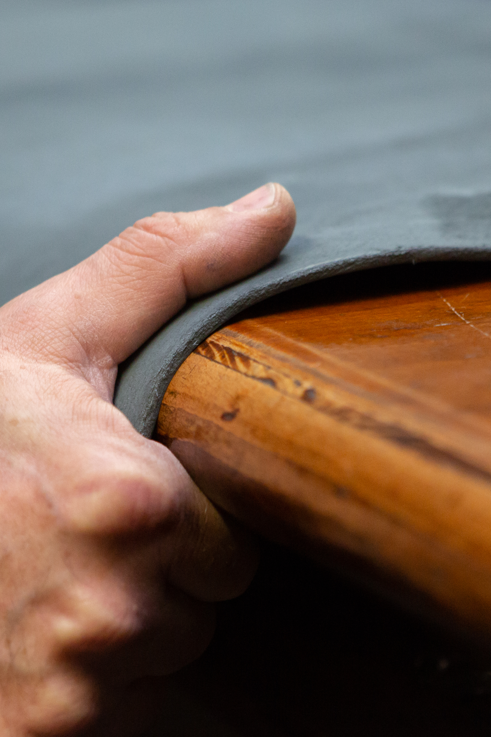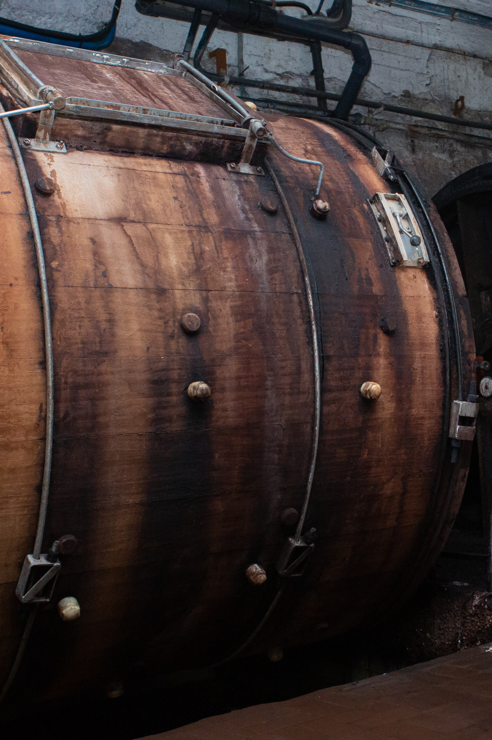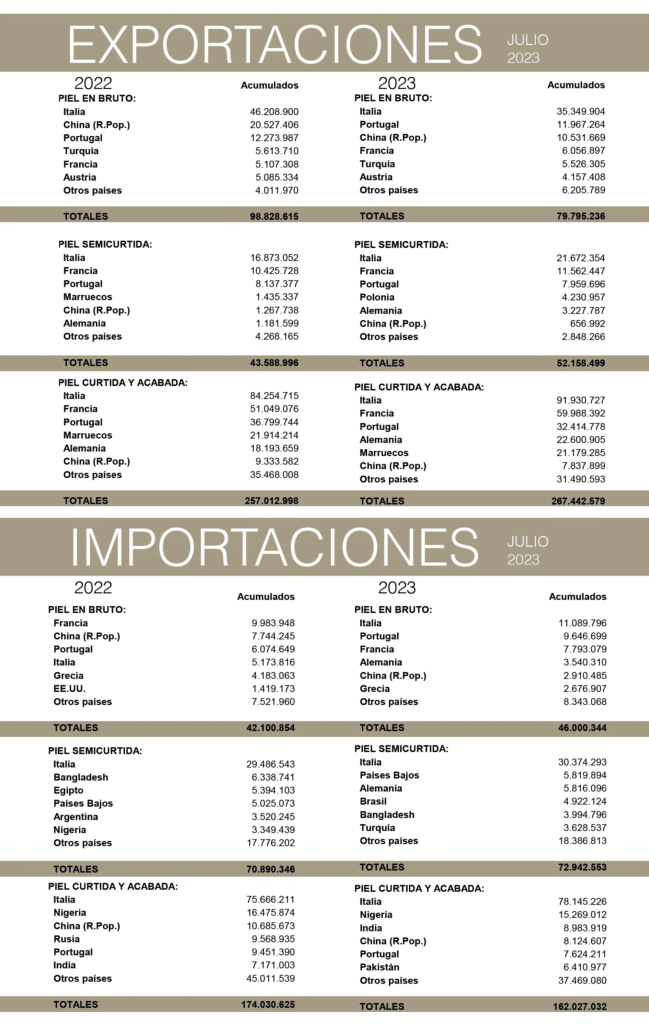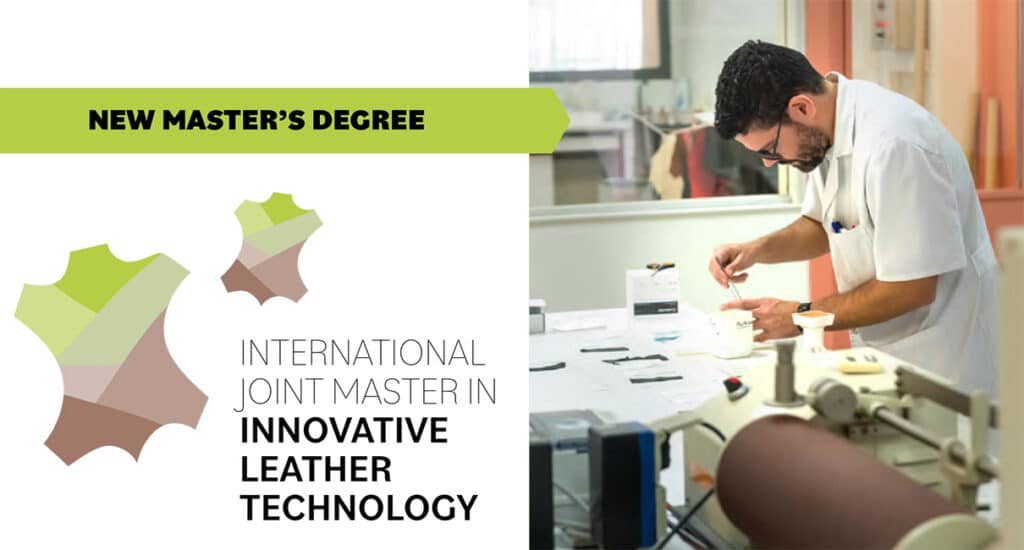Original content by: Lederpiel
Almost thirty associations related to the tanning sector around the world have signed a manifesto asking the United Nations Climate Change Conference (COP28) in 2023 to recognize the positive impact that natural materials such as leather have over people, the environment and the fight against climate change. The text expands on the one sent to the previous COP summit in Egypt in 2022 and highlights the ability of leather to optimize natural resources without causing negative impacts on the environment.
“Leather manufacturing can create employment opportunities and generate wealth and security in disadvantaged regions, both directly and in related industries,” states the Leather Manifesto, signed by leather associations. “Greater use of natural materials would create jobs, reduce waste and could be a direct driver of more sustainable agricultural practices,” the text states.
The new Leather Manifesto also points out that leather is an ideal option for a sustainable future, which encourages reuse and slow fashion. The leather industry hereby demands once again appropriate measures to correctly evaluate the life cycle of a product, taking into account all aspects of the production of any material and the promotion of products that are durable and can be used many times. Sometimes, repaired and renewed, as is the case with leather.
“Leather is the best material for beautiful and durable products that can be used by more than one owner, that can be repaired or renewed, prolonging their useful life, and that biodegrade at the end of their useful life,” says Gustavo González-Quijano, secretary general of the Confederation of National Associations of Tanners of the European Community (Cotance), one of the signatories of the manifesto. On the part of Spain, the Spanish Tanning Association (Acexpiel) and the Leather Cluster Barcelona appear as signatories of the document.
COP28 will be held this year from November 30 to December 12 in Dubai (United Arab Emirates).
You can download the Leather Manifesto HERE
And so you can access de original article HERE
































